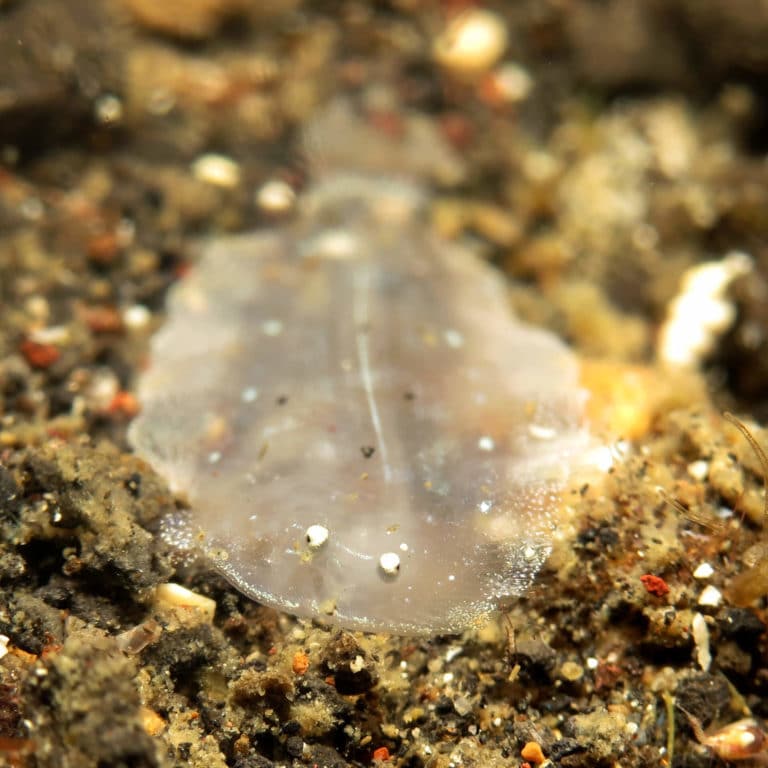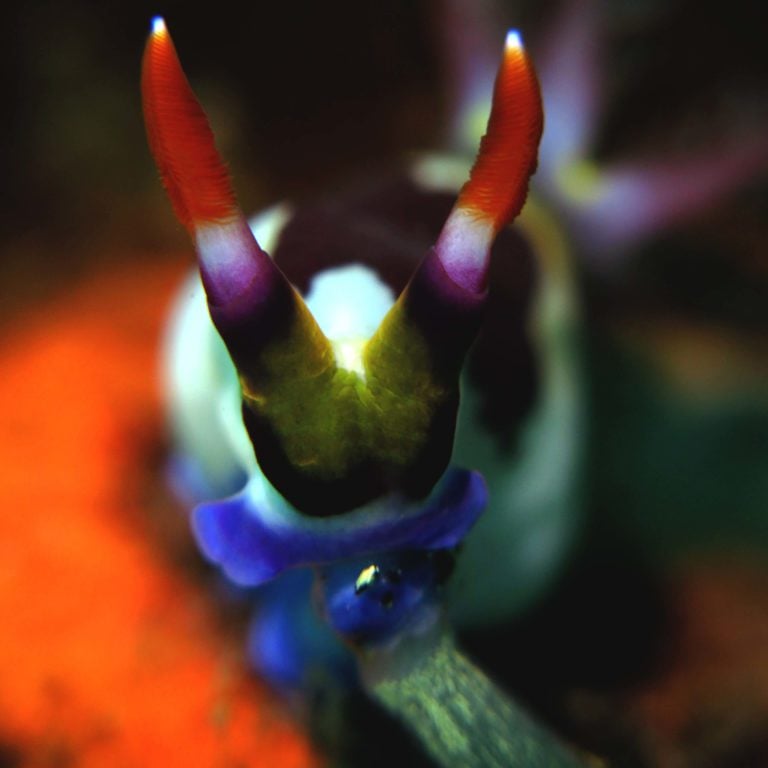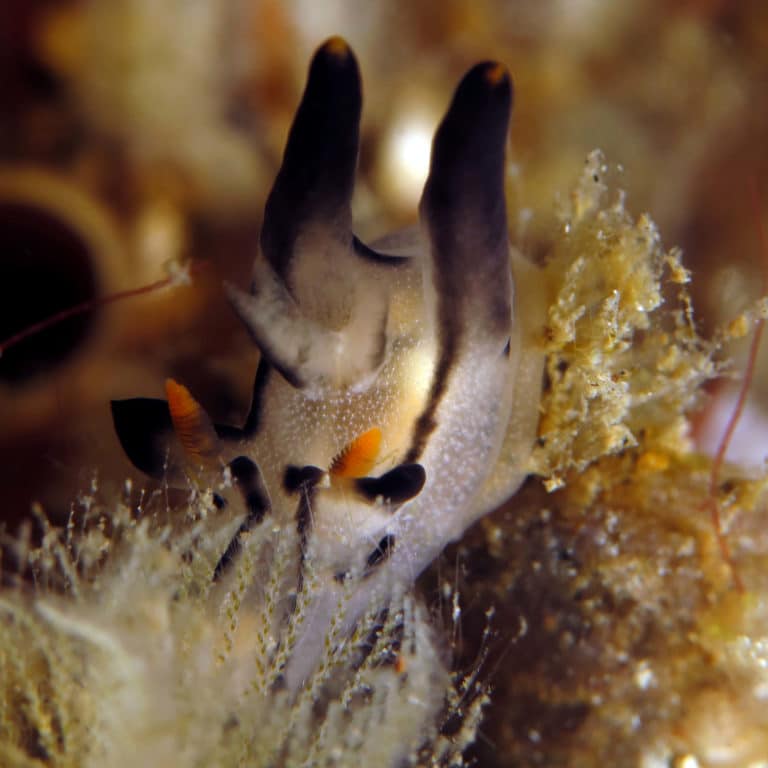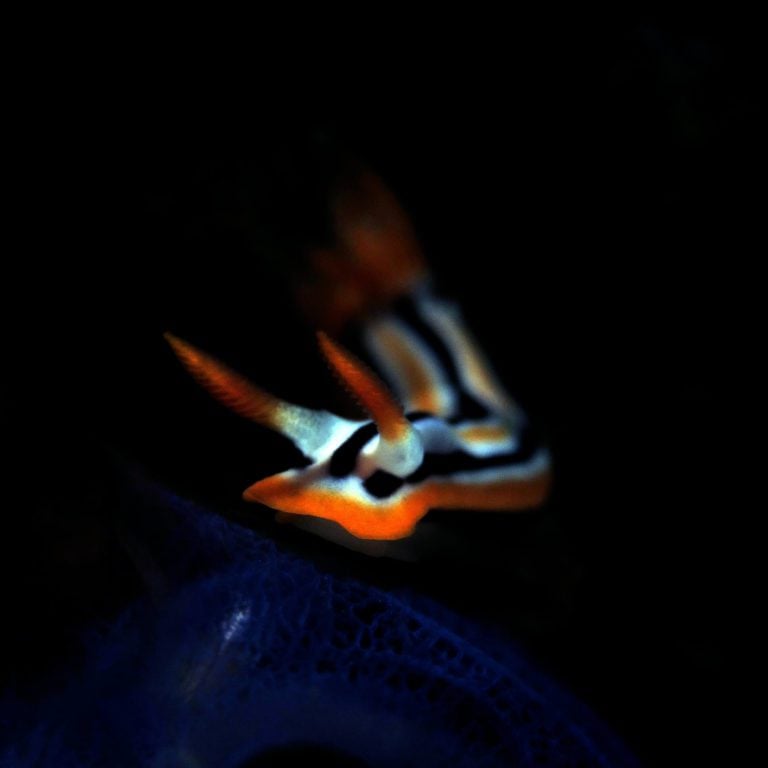THE MOST COLORFUL ANIMALS IN THE OCEAN
Have you ever seen a Nudibranch when you went diving? Did you know that there is over 3.000 different of nudibranchs species that exist in the ocean. They don’t have a specific type of location where they choose to live, they live in all oceans like pacific ocean, indo pacific ocean, no matter if it is shallow or deep water. Here’s the 5 Facts about Nudibranchs species.
The name nudibranch comes from the Latin word ‘nudus’ which means ‘naked’ and the Greek word ‘brankhia’ which means ‘gills’. Nudibranchs are sea slugs but watch out – not all sea slugs are nudibranchs! You may think that they are just some little creatures in the ocean, but they play an important role in our underwater eco system. Let us show you 5 interesting facts about these colorful creatures:
Nudibranchs are not good swimmers, and that some species actually have a “foot” which they can use for swimming. This broad muscle leaves a slime track. Interesting facts about Nudibranchs that they also have eyes but just can distinguish between black and light.

Nudibranchs have beautiful colours. One of the reasons for this is, that nudibranchs eat colourful food like corals, sponges, anemones and even other nudibranchs. They are also very choosy regarding their food, some species just eat one kind of food. Due to their colourful appearance, they can hide from predators in their corals. Nevertheless, the facts about Nudibranchs are that they have a life span of a few weeks or months.

Some species of Nudibranchs produce solar power by eating corals which enrich nudibranchs with algae. Nudibranchs absorb the chloroplast of the algae and engage in photosynthesis. The created nutrients help Nudibranchs to survive and obtain the established energy for several months.

Facts about Nudibranchs that they are hermaphrodites.
For the reason that they move very slowly and they need to be ready for reproduction whenever they meet another nudibranch – no matter if it is male or female reproductive organs. As you see, this gives Nudibranchs and a much higher chance of reproduction.

The two ‘horns’ of a nudibranch, on top of the head, are actually called rhinophores, which comes from the Greek words ‘rhino’ meaning nose and ‘phore’ meaning carrier. These are basically chemical receptors that allow the nudibranch to find food and mates. Having these two horns sticking out of their bodies makes nudibranchs more visible to predators so they have the ability to withdraw them into their bodies when in danger. If you look closely, they are almost feather shaped, which increases the surface area of the rhinophore, giving them a greater ability to detect chemicals
La Galigo Liveaboard can arrange scuba diving trips all over Indonesia but mainly operates around Komodo National Park and Raja Ampat. In these dive destinations, they are the opportunity to see 1000’s of beautiful and unique Nudibranchs.
After reading these facts about Nudibranchs, are you convinced that Nudibranchs are a unique kind of sea animal? Have you ever seen a Nudibranch underwater? We would love to hear your personal experiences with Nudibranchs! <LGL>

